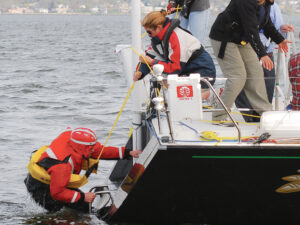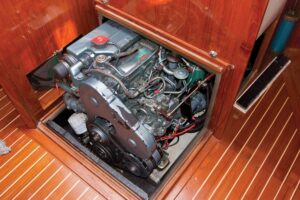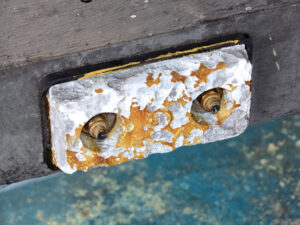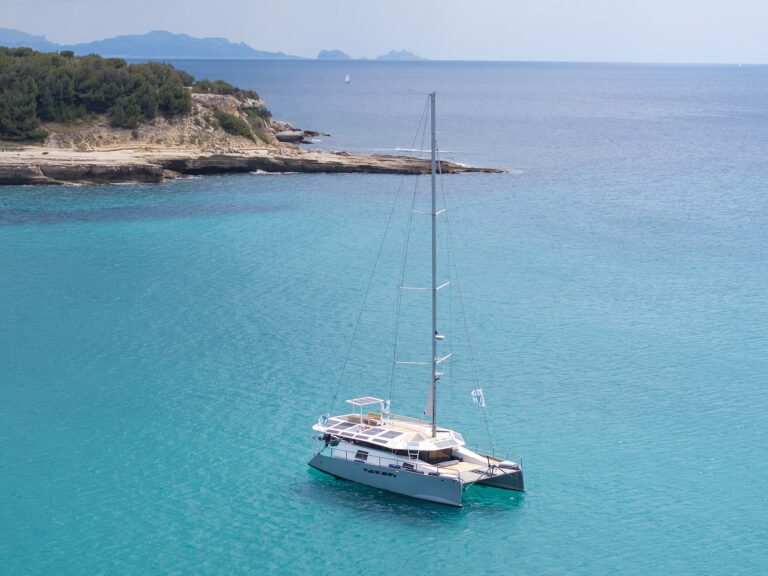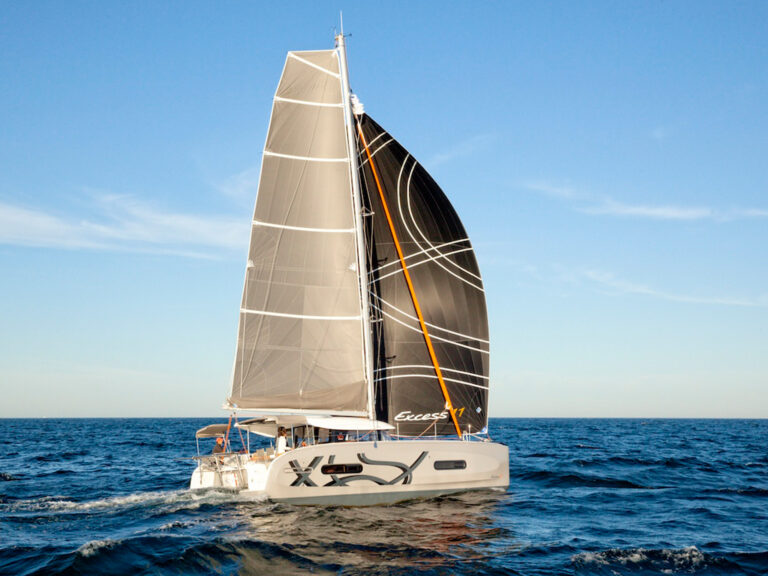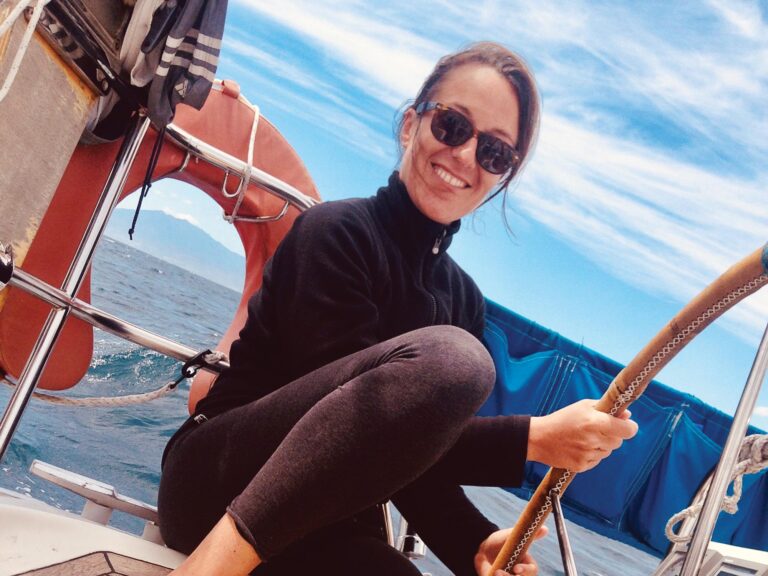
Lifelong friendships can be born at sea, but sometimes, camaraderie falters on long passages. After more than four years of cruising, five ocean crossings across 1,500 nautical miles, and hearing countless stories from my peers, I’ve realized that there are ways to help ensure positive relationships on board. Whether you’re joining someone else’s boat as a skipper or crewmember or taking a captain or crewmember on your own vessel, the trick is to work out the kinks prior to casting off the lines.
First, shipmates should interact with one another and visit the vessel. They should explore attitudes, personalities, confidence levels, enthusiasm, and degrees of commitment to the journey. Everyone should have similar expectations and goals. Fine-tuning the experience involves assessing the boat’s seaworthiness as well as the qualifications, diet, health, and roles of those who will be on board.
Newcomers should inspect the boat. In addition to the rig, sails, bilge pumps and safety equipment, evaluate the integrity of the electronic, freshwater and mechanical systems. Inquire about redundancy, and note where fuel will be obtained because, unfortunately, contamination can be an issue. Familiarize yourself with the communication resources that will be available offshore, and test them prior to departure.
Walk the boat and register any potential hazards in the layout. Injuries as minor as a bump on the head from an exposed corner to a lethal strike from a cockpit traveler happen. Get acquainted with the galley, ensuring that you can prepare a meal even if you’re not the designated cook.
The most efficient way to gather baseline information about the captain and crew is to exchange sailing résumés. This will include licensure, the number of nautical miles sailed, and a candidate’s familiarity with different types of boats and marine environments.
Next, determine if your sailing styles and safety principles are in sync by discussing specific situations, watch schedules, reefing plans, and when the crew should wake a sleeping skipper. Tailor your conversation to the vessel. Determine everyone’s availability and flexibility because it might be necessary to work around schedule changes due to weather, illness, repairs or other unforeseen circumstances.
The intricate workings of a ship’s galley can make or break a bluewater passage. Food is our fuel, and it’s imperative that everyone on board remains well-nourished throughout the journey. A provisioning budget should be agreed upon, and food preferences and restrictions should be discussed early. Meals should be planned and prepared accordingly. Weeklong food diaries can help tease out shipmates’ food expectations and promote objective consideration of the menu. To avoid accidents in the galley, there should be one chef at a time, taking appropriate safety precautions.
Full disclosure of the captain’s and crew’s relevant health history promotes well-being during a bluewater passage. Shipmates will have to rely on one another for physical and mental healthcare. Potential treatment needs and resources should be reviewed. Pay special attention to seasickness and anxiety, two of the most common ailments affecting visiting sailors. Remove stigma by asking open-ended questions, or use a written questionnaire. Health-insurance status should be assessed.
Defining roles can help to ensure that no one is deadweight or, worse, a liability. Also, rotating roles can promote shared responsibility. Find out what special skills people bring to the boat. In most cases, there should be only one captain, who should consult crewmembers and ultimately decide the best course of action. In turn, all crewmembers should participate in consultation and carry out the captain’s plan.
Be it Mutiny on the Bounty or Captain Ron, nothing gets under a cruiser’s skin like a story about flawed relationships between shipmates. These timeless tales resonate because—let’s face it—incompetence, arguments, sickness and even death can happen on all vessels. Predeparture due diligence can ensure that the benefits of adding crew outweigh the risks. It can even lead to true camaraderie and lifelong friendship. —Jill Gallin
Pediatric nurse practitioner and mother of two Jill Gallin is sailing the world with her husband, Michael, on their 2011 Outremer 49, Gerty of New York. Follow their journey at svgerty.com.

